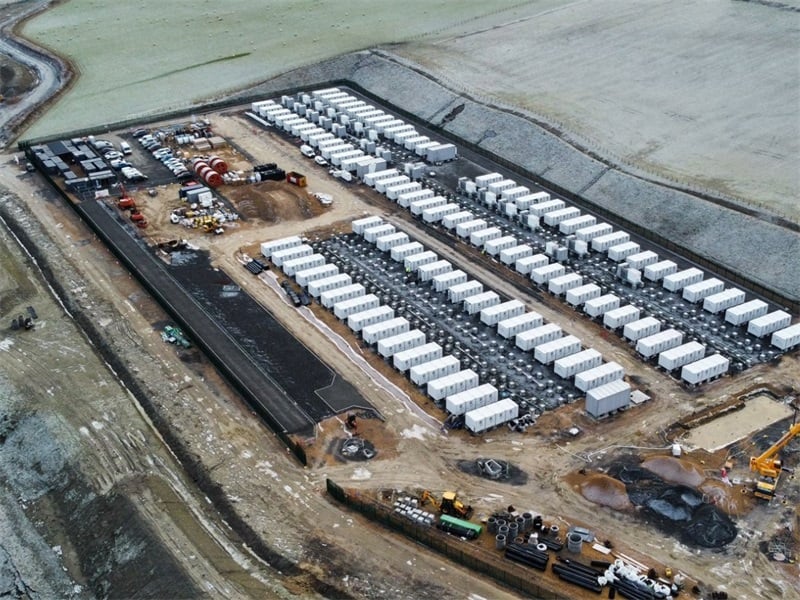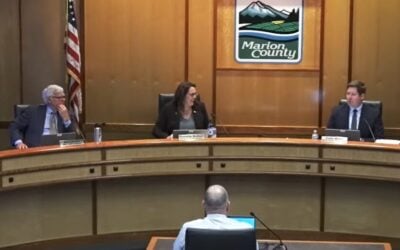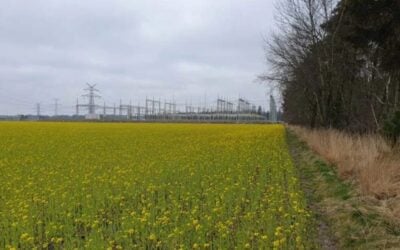
The first energy storage asset built using Wärtsilä’s new Quantum High Energy battery energy storage system (BESS) solution will be a 300MW/600MWh project in Scotland, UK.
The technology provider and system integrator announced this morning (15 February) that it has signed a contract to deliver its BESS to UK-headquartered Zenobē Energy, a developer and investor in energy storage and electric vehicle (EV) charging solutions.
Enjoy 12 months of exclusive analysis
- Regular insight and analysis of the industry’s biggest developments
- In-depth interviews with the industry’s leading figures
- Annual digital subscription to the PV Tech Power journal
- Discounts on Solar Media’s portfolio of events, in-person and virtual
Located in Kilmarnock, around 26 miles from the metropolitan area of Glasgow, it will be aimed at helping integrate growing shares of wind energy onto the grid. Construction began on the asset in January and it is scheduled for completion by the end of next year.
While the involvement of the Energy Storage & Optimisation (ES&O) arm of Finnish engine power plant and marine propulsion group Wärtsilä was already announced by Zenobē last month along with the closing of £147 million (US$184.46 million) financing towards the project – as reported by Energy-Storage.news at the time – more details were given today on the technology and the applications it will serve.
System operator’s Stability Pathfinders initiative
One notable aspect in that regard is that the project has received some funding from National Grid ESO, electricity system operator for the grid in Great Britain (GB), due to the key role it will play in helping stabilise the grid.
The ESO was spun out from the transmission system operator (TSO) National Grid as a separate entity a few years back, and while the TSO is tasked with maintaining the physical grid infrastructure, National Grid ESO’s job is to maintain the electric system’s reliability and security of supply on a day-to-day basis.
As part of that, the ESO’s Network Options Assessment (NOA) decides where investment into reinforcing the system should be directed, including what sorts of technologies, as well as geographical or grid node locations.
Zenobē’s Kilmarnock South BESS has been designated as an NOA Stability Pathfinder project, as it will help support the operation of the grid as it transitions away from reliance on thermal power generation from fossil fuels and nuclear energy towards renewables.
The decline of thermal generation and increasing uptake of variable renewable energy (VRE) means that inertia on the grid, traditionally provided as a sort of by-product of the rotation of turbines, has decreased. Inverter-based resources such as wind, solar and the power conversion system (PCS) equipment in BESS assets can instead provide that inertia synthetically through advanced upgrades of the inverters.
That’s been seen in Australia, where the Australian Renewable Energy Agency (ARENA) has issued grants to large-scale battery projects that add advanced inverters either at design stage or as retrofits, including Wärtsilä’s recently completed 250MW Torrens Island BESS for utility AGL in South Australia.
At the same time, Zenobē’s 300MW BESS will help reduce the curtailment of wind energy going to the grid, an expensive problem for the UK and other countries that have rapidly gone to higher shares of renewables.
Higher energy density
Wärtsilä launched its GridSolv Quantum High Energy (Quantum HE) in November last year, touting its use of 306Ah lithium iron phosphate (LFP) cells which enable 9% higher energy density than the previous iteration of its GridSolv Quantum solution.
Increased energy densities of both battery cells and complete systems have become a major trend in the industry recently, from the perspective of manufacturers, integrators and customers.
It also has improved safety features, the company said. Wärtsilä has been keen to emphasise the need for fire safety to be treated as a major priority for the industry for some time, claiming for example that the large-scale fire testing it subjects its products to sets a standard for worst-case scenario planning that should be a part of industry best practices.
As with all previous iterations of Wärtsilä’s BESS technologies, it will run on the company’s GEMS energy management platform, which Wärtsilä claimed will best enable the Kilmarnock asset to access market opportunities for owner-investor Zenobē.
It is also Wärtsilä’s second contracted battery storage project in Scotland, and its second in the country with Zenobē. The first, announced in Q1 2023, was the 200MW/400MWh Black Hillock project which is aimed to go online by the autumn of this year.
Wärtsilä ES&O chief Andy Tang said the company’s UK portfolio now exceeds 2GWh of storage capacity. ES&O enjoyed a 20% increase in sales and a 31% increase in order intake year-on-year from 2022 to 2023, and is now profitable. Parent company Wärtsilä is currently mulling its options for the future of the division, including seeking additional investors and divestment.
Zenobē Energy was a winner of two trophies including Developer of the Year at the Energy Storage Awards 2023. It also attracted more venture capital (VC) funding than any other company in the energy storage space globally during last year, according to research group Mercom.
Zenobē head of commercial products Charles Pearce appeared on a recent Energy-Storage.news webinar, sponsored by energy storage trading and optimisation specialist GridBeyond, discussing the appetite of investors in the UK BESS market for merchant risk versus contracted revenues.
Energy-Storage.news’ publisher Solar Media will host the 9th annual Energy Storage Summit EU in London, 20-21 February 2024. This year it is moving to a larger venue, bringing together Europe’s leading investors, policymakers, developers, utilities, energy buyers and service providers all in one place. Visit the official site for more info.






